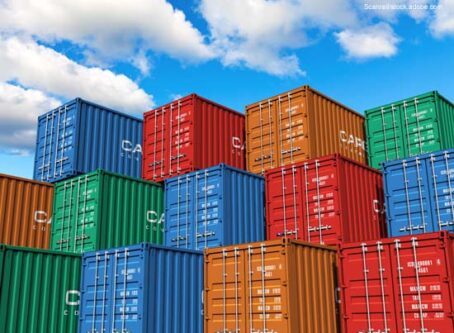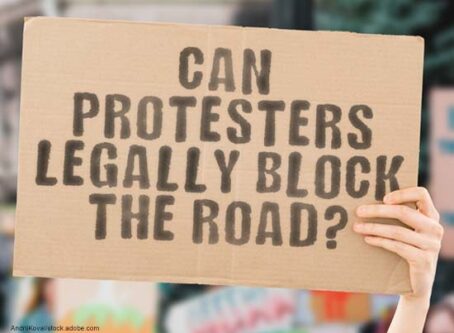Tropical Storm Barry threatens dangerous flooding in Louisiana
Louisiana residents are bracing themselves for potential life-threatening flooding as the first tropical storm of the year to make landfall in the U.S. approaches. Tolls on LA 1 have been temporarily suspended.
On Friday afternoon, July 12, the National Hurricane Center warned Louisiana residents that Tropical Storm Barry was moving slowly northwest toward the coast of southeastern Louisiana. As of 1 p.m. CDT on Friday, the storm was approximately 105 miles southwest of the mouth of the Mississippi River and 100 miles south-southeast of Morgan City, La. Landfall is expected Saturday morning.
Barry strengthened Friday morning to 65 mph sustained winds, up from 50 mph. The storm has potential to reach hurricane status, which begins once sustained winds reach 74 mph. A hurricane warning is in effect for Intracoastal City, La., to Grand Isle, La.
Storm surges in coastal areas can reach anywhere from 2 to 6 feet. However, the real danger is posed by rainfall. According to the National Hurricane Center, the storm is expected to produce rain accumulations of 10-20 inches of southeast Louisiana and southwest Mississippi. Isolated maximum rainfall can reach 25 inches.
Earlier this week, southeast Louisiana received a significant amount of rain, prompting the National Weather Service to issue a flash flood emergency. With the slow movement of the tropical storm, Barry is likely to exacerbate flooding concerns raised from precipitation earlier in the week.
On July 10, Louisiana Gov. John Bel Edwards declared a state of emergency in preparation for the storm.
“This is going to be a Louisiana event with coastal flooding and widespread, heavy rainfall potentially impacting every part of the state,” Edwards said in a statement. “No one should take this storm lightly. As we know all too well in Louisiana, low intensity does not necessarily mean low impact.”
The order will remain in effect until Aug. 8, unless terminated sooner.
On Thursday, the governor sent a letter to President Donald Trump requesting a federal declaration of emergency. Trump declared a state of emergency in Louisiana the same day, allowing the state access to federal resources, including services from the Department of Homeland Security and the Federal Emergency Management Agency.
As of 2 p.m. CDT on Friday, the Louisiana Department of Transportation was reporting numerous closures.
For up-to-date traffic closures, visit 511LA.org.
According to the Louisiana DOT, tolls will be temporarily suspended on the LA 1 Expressway as a result of a mandatory evacuation order for Grand Isle. The Louisiana DOT also advises the following for all motorists:
- Do not drive unless you must.
- Avoid driving into standing or running water.
- Avoid driving while distracted.
- Avoid using cruise control when visibility is low or road surfaces are wet.
- Always allow for extra driving time.
- Make sure there is plenty of room between vehicles.
- Have your headlights on when using windshield wipers
- Never drive through areas with downed power lines or utility poles.
“We got to be careful,” said NHC Director Ken Graham. “It’s one of these situations, we talk about the water all the time. You look at the last three years, 83% of the fatalities in the last three years have been inland flooding, and over half of those in automobiles.”
According to Chris Lee, vice president of marketing at ProMiles, Barry’s impact on fuel prices is expected to be minimal. Although gas prices in southeast Texas have increased by 20 cents/gallon, Lee is reporting diesel prices to be steady.
Even diesel prices in south central Louisiana have not moved much. Lee said there has been an expected spike in prices in the New Orleans area. Also expected is the potential shutdown of offshore rigs ahead of the storm.









